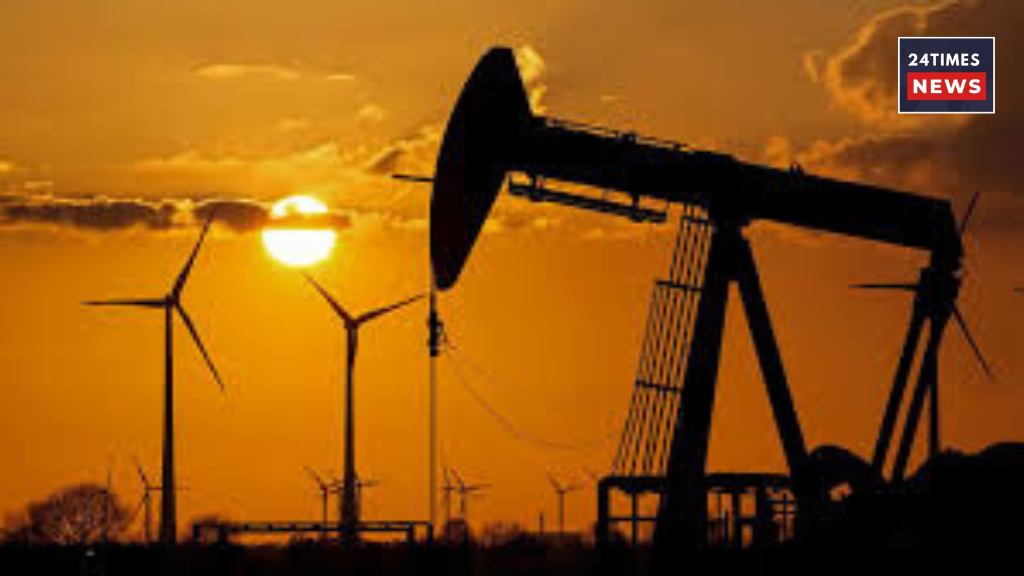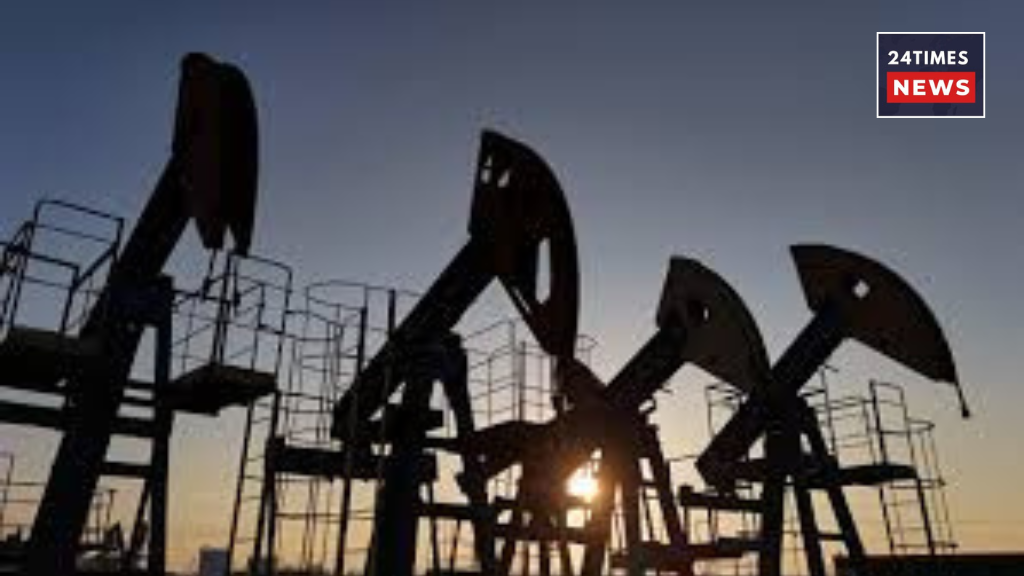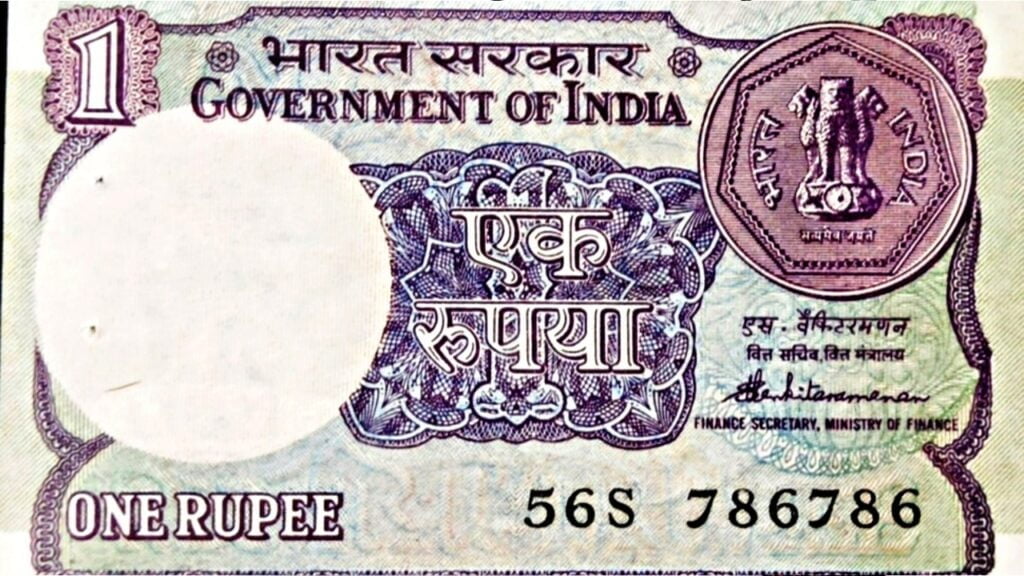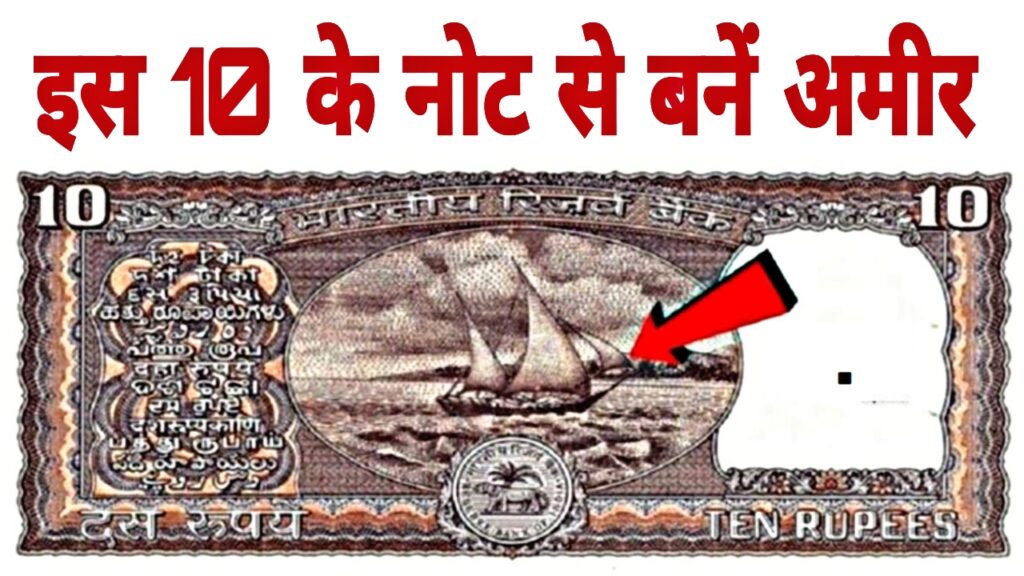OPEC+ production increase risks sanctions
September 8, Tokyo After OPEC+ agreed over the weekend to increase output at a slower rate from October due to concerns of weaker global demand, oil prices rose in early trading on Monday, reversing some of the losses from last week.
Monday saw a more than 1% recovery in oil prices, restoring some of the losses from the previous week as an OPEC+ decision to boost production was overshadowed by the prospect of more sanctions on Russian petroleum in the wake of a significant strike in Ukraine.
By 9:15 AM, Brent crude had increased 80 cents, or 1.2%, to $66.30 per barrel. According to Reuters, US West Texas Intermediate (WTI) crude increased 75 cents, or 1.2%, to $62.62 a barrel.
After a weaker-than-expected US jobs report lowered the outlook for energy consumption, both benchmarks fell more than 2% on Friday, capping a weekly loss of more than 3%.

OPEC+ Takes Action to Boost Supply
Russia, the Organization of the Petroleum Exporting Countries, and other members of OPEC+ declared on Sunday that production would increase once more starting in October. Given the possibility of excess supply throughout the northern hemisphere winter, some analysts were surprised by the move, which was driven by Saudi Arabia’s desire to reclaim market share.
Beginning in October, eight member states will contribute 137,000 barrels per day (bpd), which is significantly less than the monthly gains saw earlier in the year. In contrast, July and June witnessed gains of 411,000 bpd, while September and August saw increases of about 555,000 bpd.
“Buying developed since the output increase was smaller than anticipated, while waning expectations for peace in the Russia-Ukraine war and beliefs that Russian oil won’t flood the market also supported prices,” said Satoru Yoshida, commodity analyst at Rakuten Securities.

The Russia-Ukraine War Gets More Serious
As Russia launched its largest airstrike of the war on Ukraine, hitting central Kyiv and killing at least four people, according to Ukrainian officials, market anxieties increased. The primary government building caught fire as a result of the attack, highlighting the region’s continued insecurity.
European leaders will visit Washington early this week to discuss ways to end the crisis, US President Donald Trump said on Sunday. He reaffirmed his optimism that the war might be resolved soon, even if he acknowledged that he was “not satisfied” with the way it was going.
Forecast for Analysts’ Eye Supply
“The oil market was underpinned by relief over OPEC+’s small output boost and a technical comeback following last week’s fall,” stated Toshitaka Tazawa, an analyst at Fujitomi Securities. Support is also being provided by expectations of tighter supply due to possible additional U.S. sanctions on Russia.
In a weekend note, Goldman Sachs predicted a little greater oil surplus in 2026 as increased demand and weakened Russian output were counterbalanced by capacity improvements in the Americas. While pointing out that risks were “two-sided but tilted somewhat to the upside,” it kept its Brent and WTI projections for 2025 and 2026 at $56 and $52 per barrel, respectively.
Oil dealers are prepared for additional volatility in the next weeks due to the growing threat of sanctions, the unexpected prudence of OPEC+, and the beginning of a more violent phase in the conflict in Ukraine.





